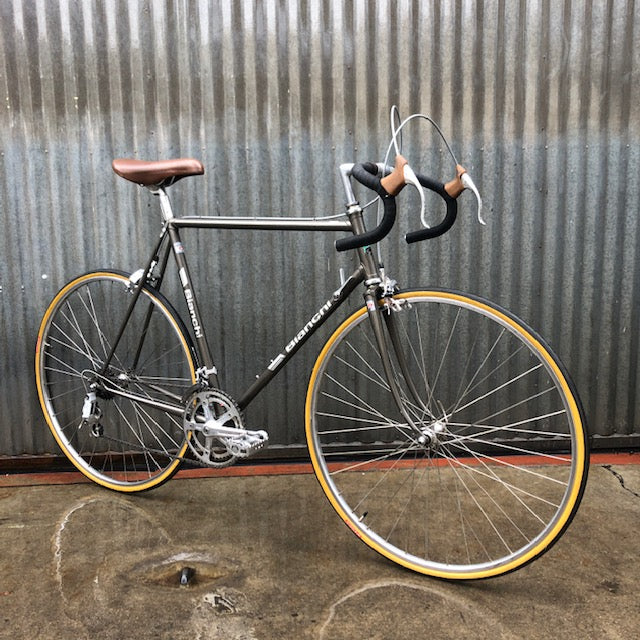Vintage road bikes have a unique charm that appeals to cycling enthusiasts and collectors alike. They often showcase beautiful craftsmanship, classic aesthetics, and vintage components that reflect an era of cycling history. Owning a vintage road bike is not just about enjoying leisurely rides; it is also about preserving a piece of history. Proper maintenance is crucial to ensure these timeless machines remain functional, safe, and beautiful. This article will provide essential maintenance tips that will help prolong the longevity of your vintage road bike while keeping it in top condition.
Understanding Your Vintage Road Bike
Identifying Components and Materials
Before diving into maintenance, it is vital to understand the components and materials that make up your vintage road bike. Many vintage bikes were made using steel frames, which are durable and can withstand the test of time with proper care. However, they may require different maintenance methods than modern aluminum or carbon fiber bikes. The components—such as the gears, brakes, and wheels—often reflect the technology of their time and may not be compatible with modern parts.
Check the bike for brand markings and model numbers to determine its specifications. Knowing the exact make and model helps you find appropriate replacement parts or accessories. Familiarizing yourself with the components will also make it easier to spot issues that may arise over time. By understanding your bike, you can provide the tailored care it deserves.
Learning About the Vintage Bike’s History
Researching the history of your vintage road bike can add to your appreciation for it. Some bike models have storied pasts, being associated with famous cyclists or historical events in cycling. By learning more about your bike’s background, you might discover maintenance tips specific to your model or brand. This knowledge can also inspire you to take extra care of your bike, as you become aware of its significance in cycling history.
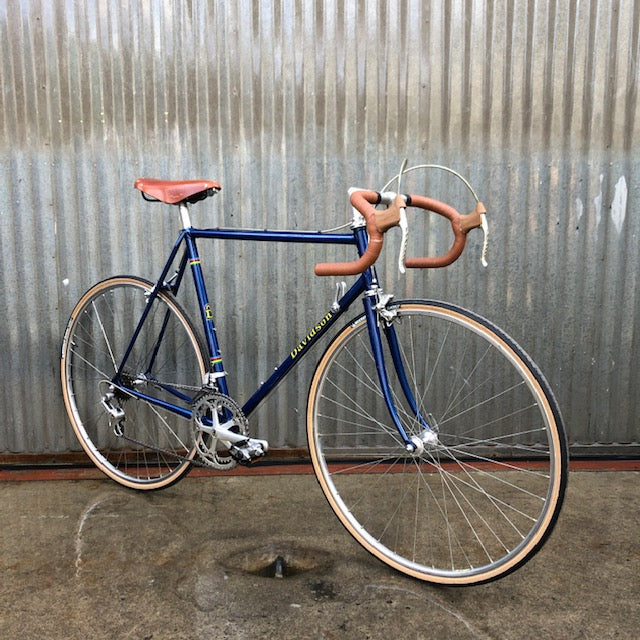
Regular Cleaning and Care
Importance of Cleaning
Regular cleaning is essential to maintaining the performance and appearance of your vintage road bike. Dirt, grime, and road debris can accumulate on the bike, causing wear and tear over time. Cleaning helps prevent corrosion, especially in areas where moisture can collect, such as the chain and gears. Additionally, a clean bike will look stunning and help you enjoy your rides even more.
To clean your bike, start by using a gentle degreaser for the chain and related components. A soft brush or cloth is ideal for applying the degreaser and removing grime. Clean the frame with mild soap and water, using a soft sponge to avoid scratching the surface. Rinse thoroughly and wipe down the bike to prevent water from accumulating in sensitive areas. Performing a thorough clean every few weeks will keep your bike in excellent condition.
Inspecting While Cleaning
Cleaning your vintage road bike offers an opportunity to inspect it for any issues. While wiping down the frame, check for signs of rust, scratches, or dents. Pay special attention to the brake cables, derailleurs, and other components, ensuring everything functions correctly. If you notice any wear or damage, address these issues immediately. Early detection of problems can save you from more significant repairs and prolong the bike’s lifespan.
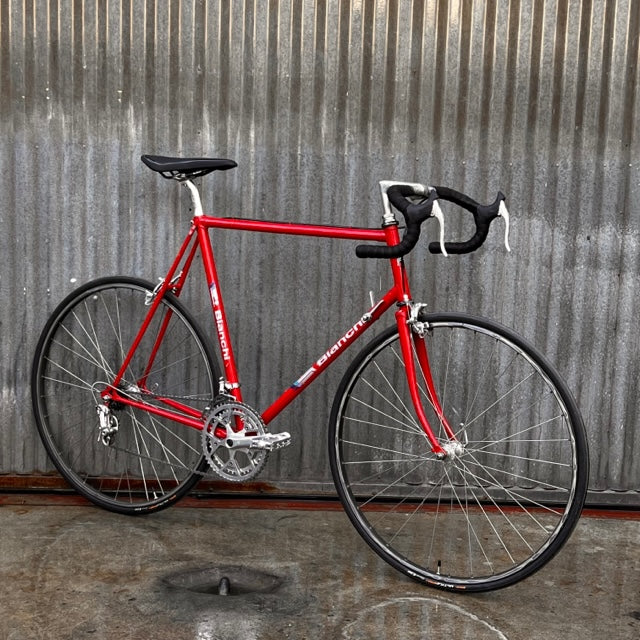
Lubrication: An Essential Maintenance Step
Choosing the Right Lubricants
Lubrication is a crucial aspect of maintenance for vintage road bikes. Properly lubricated components ensure smooth operation and extend their life. Common areas that require lubrication include the chain, derailleurs, brake cables, and pivot points on the brakes. The right lubricant can help reduce friction and prevent rust.
For the chain, choose a high-quality bike chain lubricant that is appropriate for your bike’s specific conditions—dry, wet, or mixed. Apply the lubricant evenly along the chain, wiping off any excess to prevent dirt buildup. Additionally, use a silicone-based lube for the brake cables and other moving parts. Avoid using general-purpose oils, as they may not provide the necessary protection for bicycle components.
Regular Lubrication Schedule
Establishing a regular lubrication schedule is essential to maintaining your bike. Depending on how frequently you ride, consider lubricating the chain and other components every two weeks or after every significant ride. During or after rainy weather, more frequent lubrication may be necessary to prevent rust and corrosion. Regularly scheduled lubrication will keep your bike functioning smoothly and enhance its longevity.
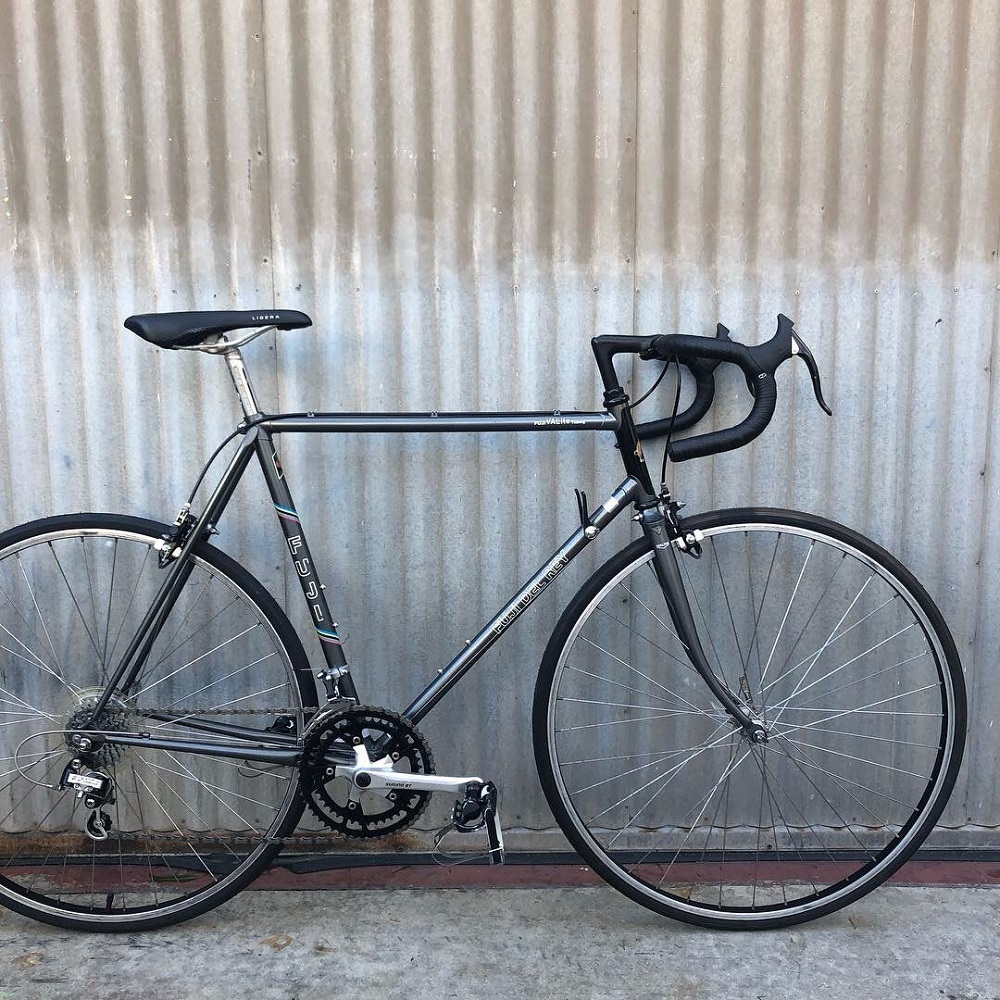
Tire Maintenance and Inflation
Checking Tire Condition
Tires are essential for safety and performance in cycling. Regularly inspecting your vintage road bike tires is vital to avoid blowouts or flats. Check for signs of wear, including cracks, uneven tread, or bulges. If you notice any issues, consider replacing the tires as soon as possible. Using tires that are appropriate for road cycling can significantly improve your riding experience.
In addition to visual inspections, it is essential to monitor tire pressure regularly. Proper inflation affects the bike’s ride quality, handling, and performance. Refer to the markings on the tire sidewall to find the recommended pressure range. Use a reliable floor pump or pressure gauge to check and inflate your tires as needed. Keeping your tires properly inflated will enhance your bike’s performance and safety.
Storing Your Bike with Care
Storing your vintage road bike correctly can also impact tire longevity. When possible, store your bike in a cool, dry place away from direct sunlight. UV rays can degrade tire materials over time. If you’re storing the bike for an extended period, consider elevating it off the ground to avoid flat spots developing on the tires. Proper storage practices will assist in prolonging tire life and ensuring they remain in good condition for each ride.
Brake and Gear Adjustment
Importance of Functional Brakes
Proper brake function is crucial for any bike, especially vintage road bikes with older components. Over time, brake cables can stretch or fray, leading to reduced performance. Regularly inspect the brake pads for wear, ensuring they make full contact with the rims. If the pads are worn down, replace them to maintain optimal braking safety.
To adjust the brakes, check the cable tension. You may need to tighten or loosen the cable using the barrel adjuster located on the brake lever. Take the time to test the brakes after making adjustments to ensure they function correctly. Both front and rear brakes should engage smoothly and efficiently to guarantee your safety on the road.
Adjusting Gears for Smooth Shifting
Just like brakes, gear systems require regular maintenance to function optimally. Vintage road bikes may have different gear mechanisms than modern bikes. Familiarize yourself with how the gear systems were designed for your bike, as adjustments will vary based on the type of derailleur and shifter used.
To fine-tune your gears, check the cable tension and adjust the limit screws if necessary. Make small adjustments, testing the shifting after each change. Look for any hesitation, skipping, or inability to shift into specific gears. Addressing shifting issues promptly will enhance your riding experience and prevent further wear on your components.
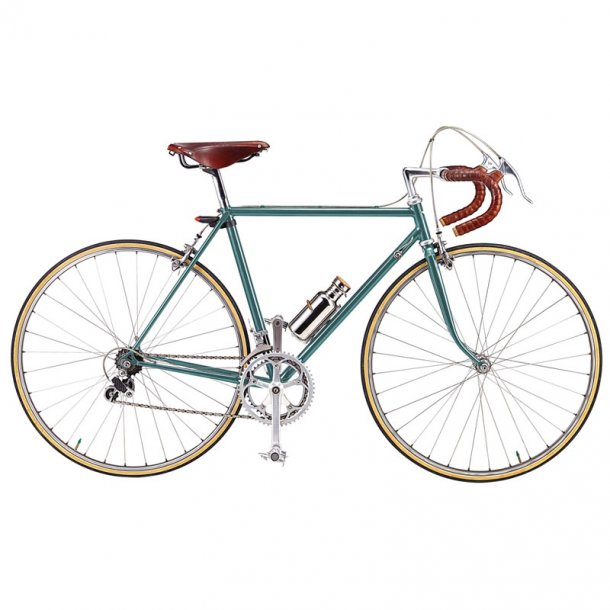
Understanding Wear and Replacement Parts
Knowing When to Replace Parts
Vintage road bikes often have components that wear down over time. It’s essential to recognize when parts need replacing to keep your bike safe and functional. Common parts that may require maintenance or replacement include brake pads, chain, tires, and cables. Understanding the lifespan of these components will help you stay ahead of issues.
Always listen for unusual noises or feel for performance changes that may signal worn-out parts. If your bike feels sluggish or vibrates during rides, it may be time to inspect the bike for issues. Address these concerns immediately to maintain overall performance and safety.
Sourcing Replacement Parts
Finding replacement parts for vintage road bikes can be challenging, but it is essential to maintain their overall functionality. Various online retailers, specialty shops, and bicycle salvage yards may offer original components or high-quality compatible substitutes. Take the time to research and identify the correct parts specific to your bike model, especially if you’re looking for rare components.
When sourcing parts, ensure that you’re using components designed for road bikes, as performance can significantly vary when using parts meant for other types of bicycles. An accurate replacement will help ensure the longevity of your vintage bike while preserving its original character.
Final Tips for Longevity
Documenting Maintenance History
Maintaining a documented history of your bike’s maintenance is a valuable practice. Keeping a log of all services, repairs, and replacements helps in tracking the condition of your vintage road bike. This information can be especially helpful if you decide to sell the bike in the future, as potential buyers will appreciate the documented care provided.
Consider using a simple notebook or digital format to keep records. Include notes on cleaning routines, lubrication schedules, and any adjustments made. Maintaining these records can serve as a helpful reference for future maintenance and ensure that you maintain a consistent care routine.
Joining a Community of Enthusiasts
Engaging with a community of vintage bike enthusiasts can enhance your ownership experience. Many local clubs and online forums allow you to share tips, ask questions, and learn from others who share your passion for vintage bikes. Learning from experienced riders can introduce you to new maintenance techniques or offers support when tackling repairs.
Participating in vintage bike events or meets is another fantastic way to connect with fellow cyclists. These events can be a source of inspiration, providing opportunities to admire beautifully restored bikes and garner ideas for your maintenance routines.
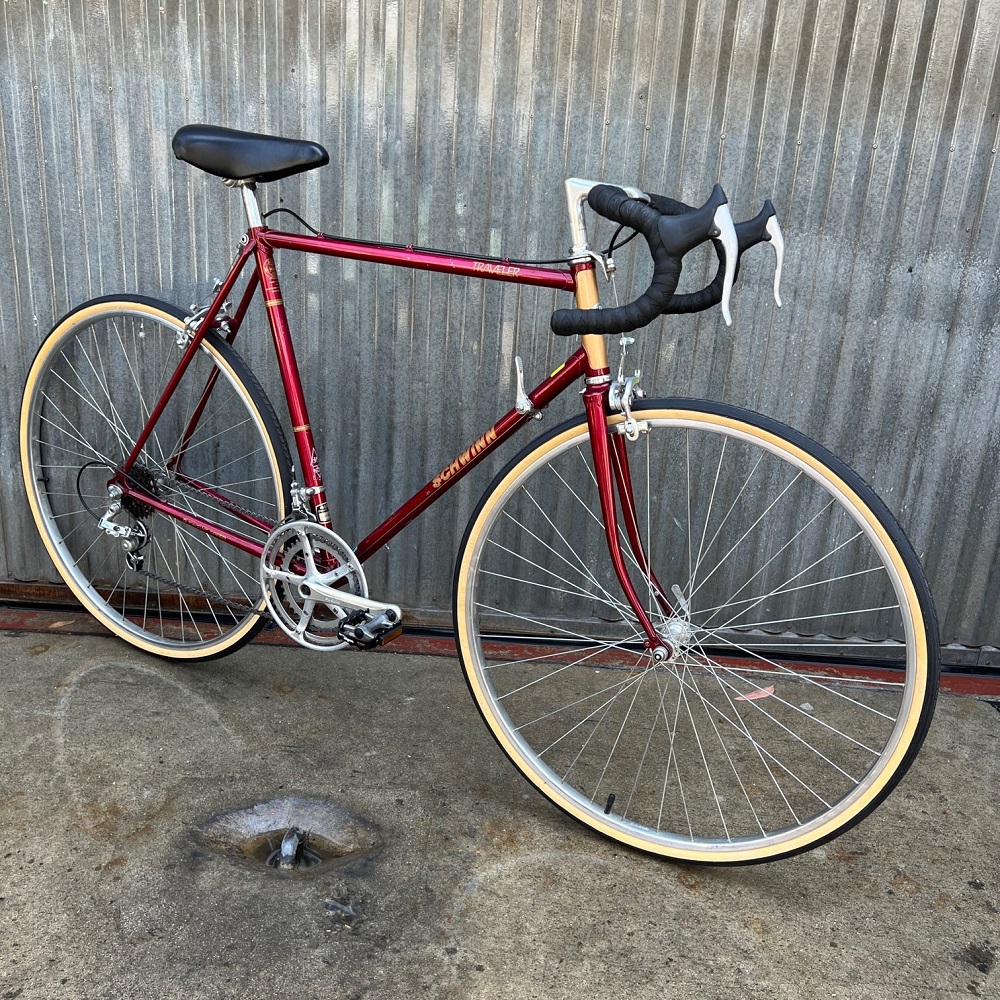
Ride into the Future with Care
In conclusion, maintaining vintage road bikes requires dedication and understanding of its unique characteristics and components. This commitment not only prolongs the lifespan of your bicycle but also honors the craftsmanship and history behind it. By following these essential maintenance tips—regular cleaning, proper lubrication, equipment adjustments, and conscientious storage—you can ensure that your vintage road bike remains a cherished piece for years to come.
Staying informed about your bike’s needs and engaging with the cycling community will enhance your overall riding experience. Whether you ride for leisure, fitness, or competition, the joy of owning and maintaining a vintage road bike is unparalleled. Embrace the journey ahead and ride confidently into the future with your well-cared-for vintage road bikes.
